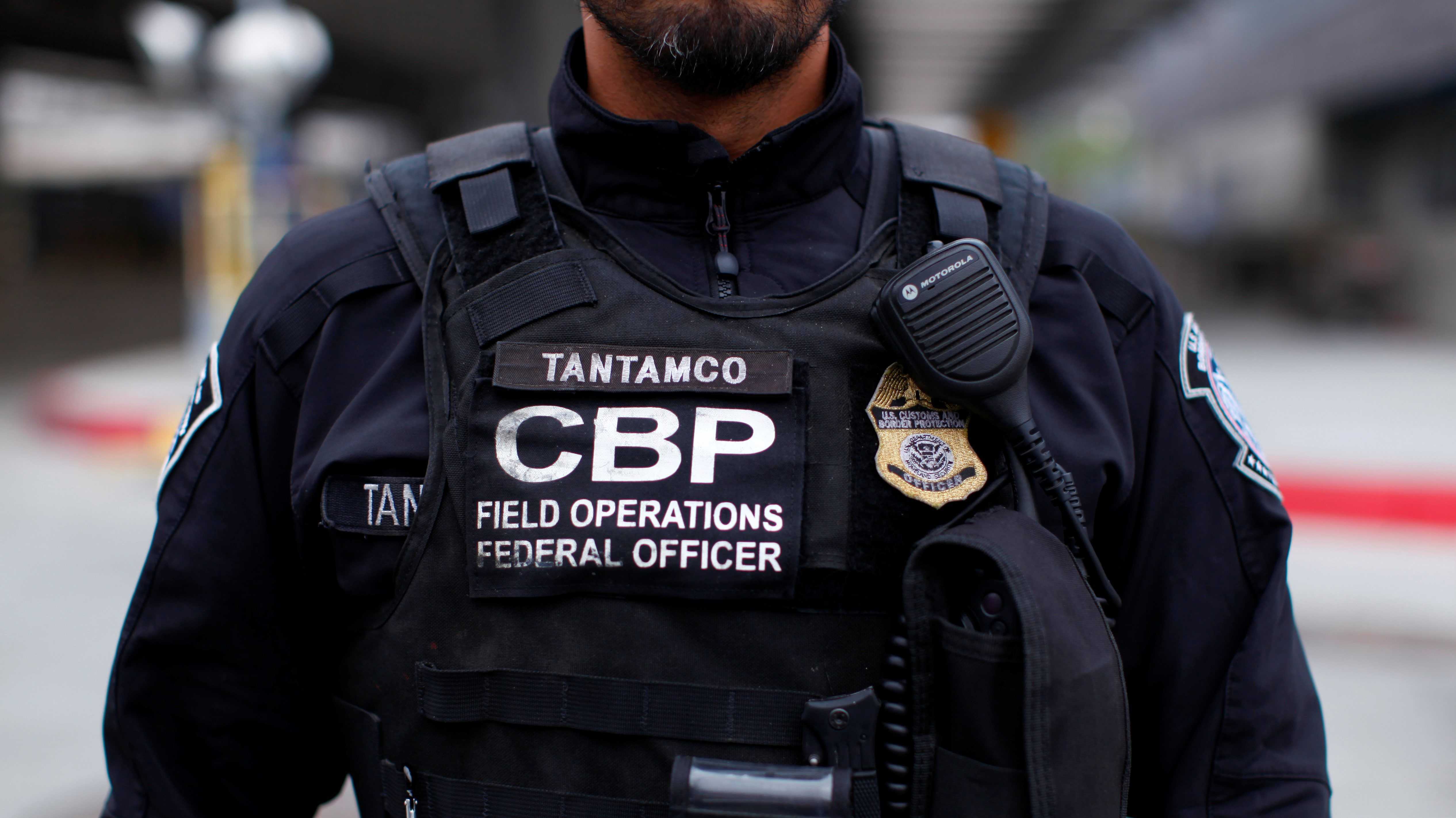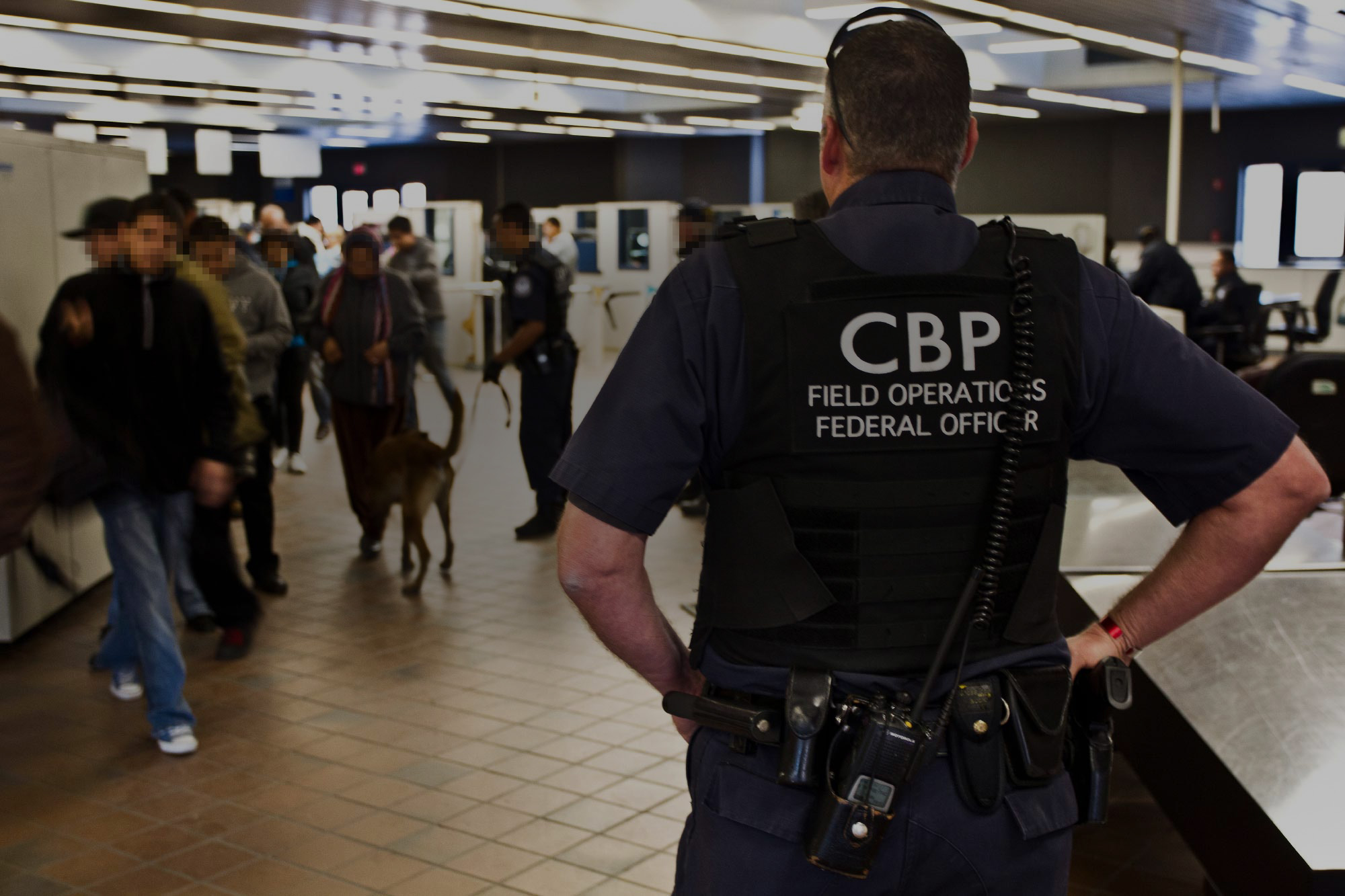Introduction to Custom and Border Protection
Custom and Border Protection (CBP) plays a crucial role in maintaining the security and integrity of a nation's borders. As we step into 2024, it is essential to understand the evolving dynamics of CBP operations, especially considering the technological advancements and changing geopolitical landscapes. CBP is responsible for safeguarding the borders, facilitating lawful international trade and travel, and enforcing hundreds of U.S. regulations, including immigration and drug laws. This article aims to provide a comprehensive overview of CBP's functions and offers insights into how it impacts individuals and businesses involved in cross-border activities.
The Role of Technology in Modern CBP Operations
In recent years, technology has been a game-changer for CBP operations. The integration of advanced surveillance systems, biometric identification, and automated processing has significantly enhanced border security while streamlining procedures for travelers and traders. Facial recognition and fingerprint scanning technologies are now commonplace at entry points, ensuring swift and accurate identification of individuals. Additionally, AI and machine learning are being utilized to predict and respond to potential threats more effectively. As we dive deeper into 2024, these technological innovations continue to evolve, promising even more robust border protection measures.
CBP's Impact on International Trade
Custom and Border Protection is pivotal in facilitating international trade, a vital component of the global economy. By ensuring that goods entering and exiting a country comply with all laws and regulations, CBP helps prevent the illegal import and export of restricted items while enhancing supply chain efficiency. The agency's initiatives, such as the Automated Commercial Environment (ACE), streamline the customs process, reducing paperwork and processing times for businesses. As global trade continues to expand, CBP's role in maintaining a balance between security and commerce becomes increasingly critical.
CBP's Role in Immigration Enforcement
Immigration enforcement is another core responsibility of CBP. The agency is tasked with preventing illegal immigration and ensuring that all entrants comply with the nation's immigration laws. This involves patrolling borders, conducting inspections, and processing asylum claims. In 2024, CBP is expected to face new challenges in immigration enforcement due to shifting migration patterns and humanitarian concerns. The agency continues to work closely with other governmental and international entities to address these issues while upholding human rights and legal standards.
Challenges Facing CBP in 2024
Despite advancements and successes, CBP faces several challenges as it navigates the complexities of border protection in 2024. These include addressing humanitarian concerns, managing increased migration flows, and adapting to new threats such as cyberattacks and smuggling tactics. Balancing security with the facilitation of legitimate trade and travel remains a perennial challenge. Furthermore, CBP must continually adapt to changes in international policies and agreements, which can directly impact border operations and enforcement strategies.
CBP and Community Relations
Building and maintaining positive relations with border communities is vital for the success of CBP initiatives. Community engagement and transparency are key to fostering trust and cooperation. In 2024, CBP is likely to enhance its outreach programs, ensuring that community concerns are addressed and that individuals understand the importance of border security measures. By working collaboratively with local stakeholders, CBP can develop more effective and humane border policies that reflect the needs and values of the communities they serve.
Tips for Navigating CBP Procedures
For individuals and businesses involved in cross-border activities, understanding CBP procedures is essential. Here are some tips to help navigate these processes smoothly in 2024: Firstly, ensure all documentation is complete and accurate to avoid delays. Secondly, stay informed about the latest CBP regulations and requirements, which can change frequently. Thirdly, utilize available technology, such as CBP's mobile apps, to expedite processing. Finally, maintain open communication with CBP officers and provide any requested information promptly to facilitate a smooth experience at the border.
CBP's Role in Counterterrorism
CBP plays a significant role in the nation's counterterrorism efforts. By preventing the entry of individuals and contraband that pose a threat to national security, CBP acts as the first line of defense against potential terrorist activities. In 2024, as global terrorism threats evolve, CBP continues to collaborate with domestic and international partners to enhance intelligence sharing and threat detection capabilities. Through comprehensive training and the deployment of specialized units, CBP is well-equipped to respond to and mitigate potential security threats effectively.
Conclusion: The Future of Custom and Border Protection
As we look toward the future, Custom and Border Protection remains a cornerstone of national security and economic prosperity. In 2024, CBP will continue to face both opportunities and challenges as it adapts to new technologies, geopolitical shifts, and emerging threats. By prioritizing innovation, collaboration, and community engagement, CBP can enhance its effectiveness and ensure that its operations align with the broader goals of safety, legality, and economic vitality. For individuals and businesses, understanding and engaging with CBP processes will be crucial in navigating the complexities of the modern border landscape.
- Chico Lachowski Family
- Harriet Robson Injuries
- Project Smash Codes
- Ben Huyard
- Richard Arnold Net Worth


